Visual – a picture, piece of film, or display used to illustrate or accompany something
Visual is a word to which I can relate very strongly. I have always considered myself to be right-brained and a very visual thinker and learner. For me, things would always just click a little more when I was able to somehow see or visualize what I was trying to learn. For example, I would always try to think of piano keys when learning chords and scales in my college music theory class. Being able to relate these concepts to a set visual pattern, such as the layout of a keyboard, made it much easier for me to learn and understand the concepts. It wasn’t until I got to college, however, when I realized that there are many other people who think in a very similar way. In fact, 65% of people are considered to be visual learners. I’m also slowly starting to discover how important visual learning is to some people (To see just how important it is to some people, Temple Grandin sums it up perfectly in her book, Thinking in Pictures: http://www.grandin.com/inc/visual.thinking.html).
In my work as a music therapist, I’m starting to learn more and more just how much visuals can affect a person’s learning and understanding. When working with clients, using visuals when giving directions, teaching a lesson, or even having a conversation can make a world of difference to that client’s understanding. Much like myself, it just seems to make the message or concept click for them, and we as music therapists are very often able to use that to make therapy easier and more effective for the clients. A set of visual aids should be a standard tool in every music therapist’s arsenal, since it can make the world of different when working with people with special needs.



